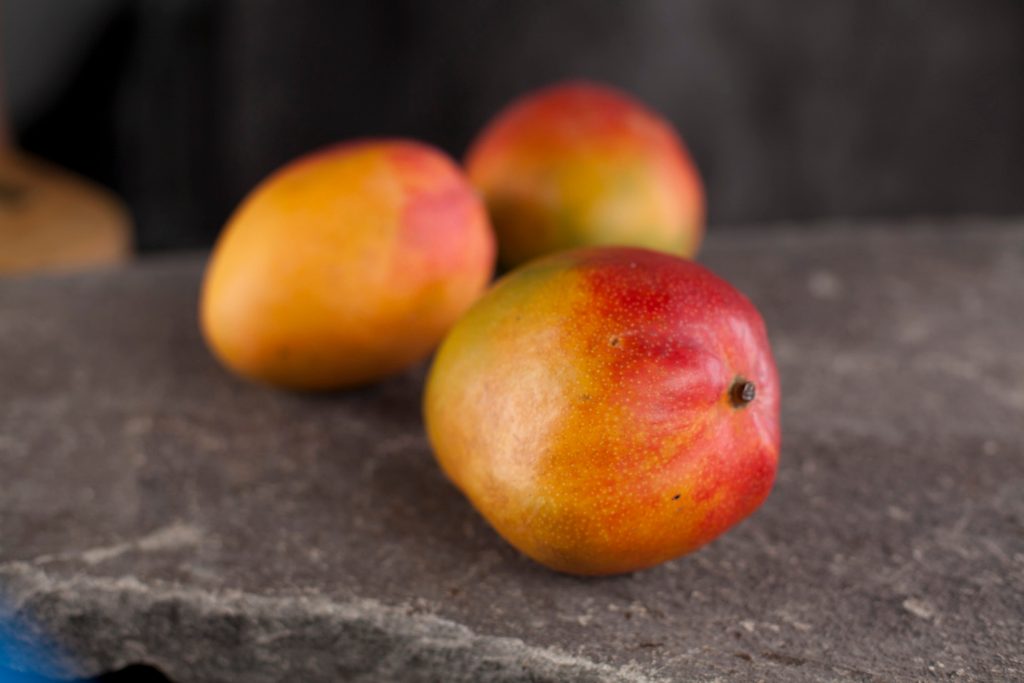Mango: increasing demand from non-traditional markets
India
India is the world’s leading mango producer, with an estimated output of 24.7 million tons annually, almost half the entire global mango production. Currently, less than 1% of the mangos grown in India are exported, as India is the leading consumer of mangos worldwide. But the country has recently secured USDA approval to export mangoes to the US for next season, paving the way for shipments from traditional mango production belts such as Maharashtra, Uttar Pradesh and Andhra Pradesh and Telangana. Since 2020, exports of Indian mangoes to the US have been limited as USDA inspectors were unable to visit India for inspections due to Covid-induced travel restrictions. India exported 1,095 tons to the US in 2019/20, for a total value of US$4.35 million.
United States
The US is the world’s leading mango importer, with 26% of the global total. Over the past three years (2019-2021), 96% of the fresh-whole mangoes imported into the US arrived from five countries: Mexico (63%), Peru (12.5%), Ecuador (9.5%), Brazil (8.7%), and Guatemala (2.5%). Each of these countries is the main supplier of mango to US markets at certain times of the year. Therefore, the performance of each of these exporters has a great impact on the US mango market, not just during their own seasons but also for the mango suppliers that follow them.
Source: NMB
European Union
The EU is the second largest mango importer, accounting for 19% of world imports. It has seen increased consumer demand for mangoes, in particular for organic types, in line with the generally higher awareness of the assumed health benefits of this fruit. Imports rose by 10% y-o-y in 2021 to around 400,000 tons, facilitated by strong supply in Brazil and Peru, the two primary origins of mangoes arriving in the EU.
Source: FAO
Peru
During the past five campaigns, Peru has maintained an export volume of around 10,000 containers, placing it alongside Brazil in the fight for second place among world exporters. The US is the main export market, followed by Europe, which together account for two-thirds of exports. Other markets continue to grow, such as China, South Korea, Japan, Chile and Canada, albeit slowly. The objective is to expand exports to the Asian region, but this requires promotional efforts to boost consumption in a market where quality is the main current focus. The sector is also considering ways to adjust production, logistics and commercial processes to increase output of ‘ready to eat’ mango, demand for which is increasing in Europe.
Source: APEM



